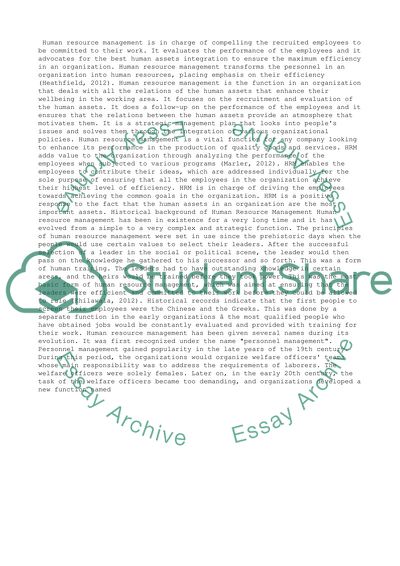Cite this document
(“Historical development of the Role of Human Resource Management Essay”, n.d.)
Historical development of the Role of Human Resource Management Essay. Retrieved from https://studentshare.org/management/1456887-historical-development-of-the-role-of-human
Historical development of the Role of Human Resource Management Essay. Retrieved from https://studentshare.org/management/1456887-historical-development-of-the-role-of-human
(Historical Development of the Role of Human Resource Management Essay)
Historical Development of the Role of Human Resource Management Essay. https://studentshare.org/management/1456887-historical-development-of-the-role-of-human.
Historical Development of the Role of Human Resource Management Essay. https://studentshare.org/management/1456887-historical-development-of-the-role-of-human.
“Historical Development of the Role of Human Resource Management Essay”, n.d. https://studentshare.org/management/1456887-historical-development-of-the-role-of-human.


